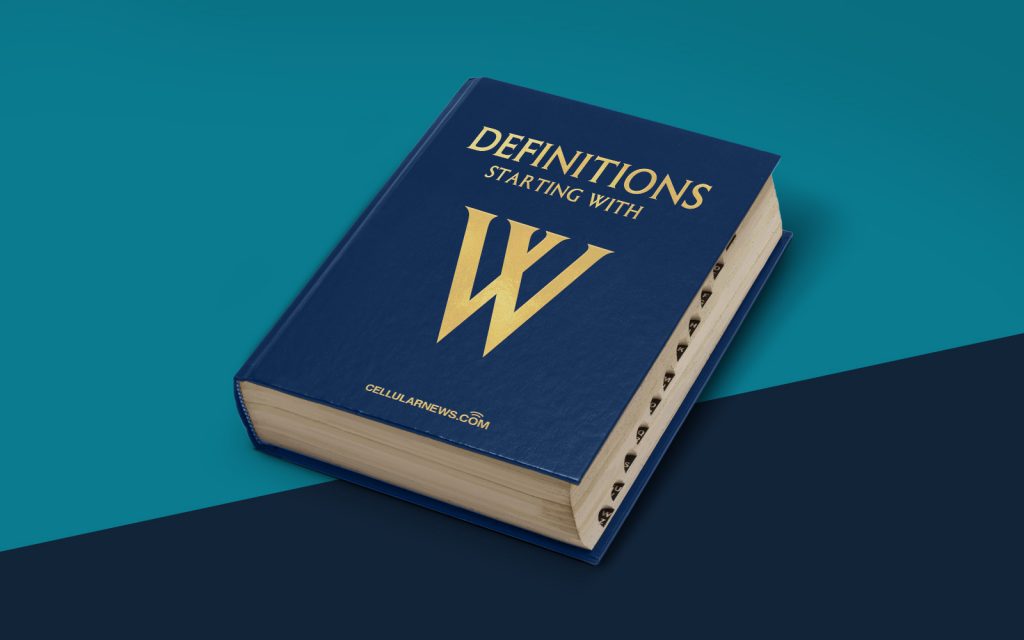
What is Web Services Description Language (WSDL)?
Welcome to another installment of our “DEFINITIONS” category, where we break down complex tech terms into simple and digestible explanations. Today, we’ll explore the fascinating world of Web Services Description Language, commonly known as WSDL. So, grab your favorite cup of coffee, sit back, and let’s dive in!
Key Takeaways:
- Web Services Description Language (WSDL) is an XML-based language used to describe web services.
- It provides a standard way to define the structure, inputs, and outputs of a web service.
Now, you might be wondering, what exactly is Web Services Description Language? Well, in simple terms, WSDL is an XML-based language specifically designed for describing web services. It serves as a contract between the client and the server, allowing them to communicate effectively by outlining the structure, inputs, and outputs of a web service. Think of it as a detailed blueprint that makes it easier for different systems to understand and interact with each other.
So, why is WSDL so important in the world of web development? Let’s take a closer look at its key features:
- Service Description: WSDL provides a comprehensive description of a web service, including its methods, parameters, and data types. It allows developers to understand how to interact with the service without having to analyze the code.
- Interoperability: WSDL promotes interoperability between different platforms and programming languages. It ensures that web services can be consumed by clients developed in various technologies, enabling seamless communication across heterogeneous systems.
- Tool Support: WSDL is widely supported by development tools, making it easier for developers to generate code, build clients, and validate web service requests and responses.
- Versioning: WSDL supports versioning, allowing web services to evolve while maintaining backward compatibility. This ensures smooth transitions and updates without breaking existing client integrations.
Implementing WSDL in a web service can bring numerous benefits. It enhances communication, simplifies development, and fosters cross-platform integration. By providing a clear and standardized description of a web service, WSDL mitigates confusion and ambiguity, making it easier for developers to build powerful and functional applications.
In conclusion, Web Services Description Language (WSDL) is an essential tool in the world of web development. It ensures seamless communication between different systems by providing a structured and standardized description of web services. So, the next time you encounter WSDL, remember that it’s much more than just a technical term – it’s a language that helps build the digital world we interact with every day.
